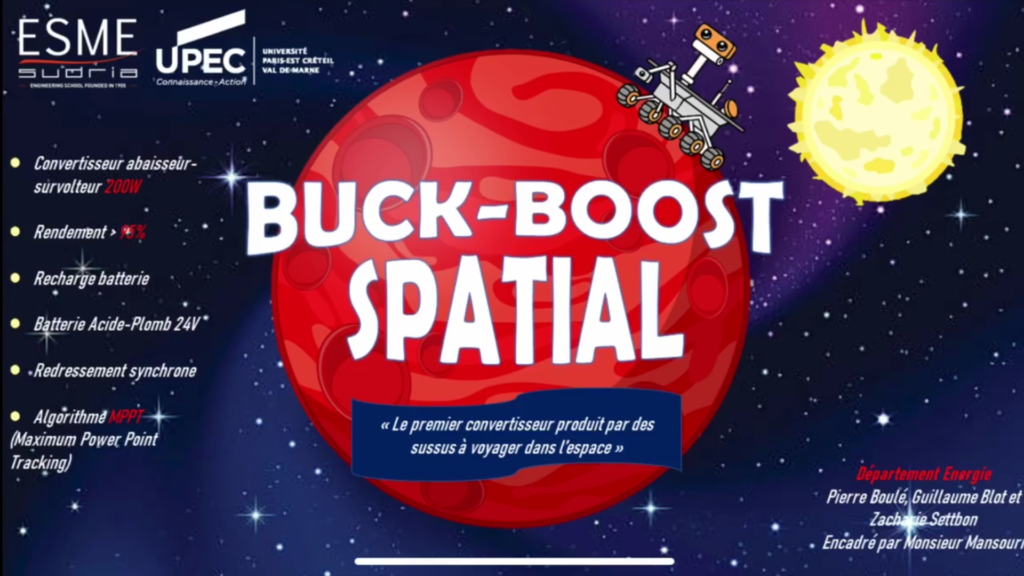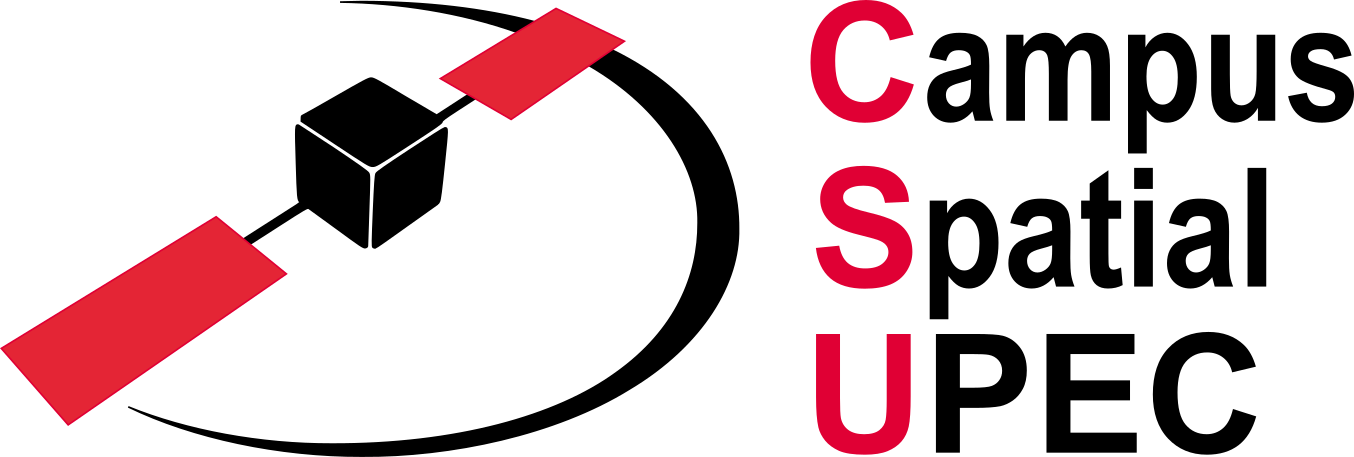Interview with Esme Sudria : How do we create and distribute energy of our rover ?


The solar panels will be folded during the journey, but deployed once the rover lands on Mars in order to supply energy to the space exploration vehicle.

The solar panels are key elements of the Exomars rover, which is developed by the European Space Agency and will look for traces of life on the red planet. This is the reason why solar panels are important for the functional and life sized model of Rosalind Franklin space exploration vehicle, developed by students working with the Space Campus of the University Paris Est Créteil (CSU), and other graduate schools and universities. This model will be deployed on the day of the landing of the real Exomars rover on Mars and will be used to explain the functions of the Rosalind Franklin rover to the general public France.
To reproduce the solar panels, the Space Campus worked with four groups of three engineering students from ESME Sudria in Paris-Sud Ivry (France). « The fourth group created the motorised solar panels (opening and closing mechanism)», says Karim Aït Abderrahim, Head of the Department of Energy and Engineering Systems.
« The first group created a converter to recharge the batteries with the solar panels» Yannis Blouzard, Richard Julien et William Soave worked on the mechatronics project, whereas Pierre Boulé, Guillaume Blot et Zacharie Settbon realised the converter.
A third group of ESME students (Maxime Chemin, Lionel Jaby et Thomas Pireyre) worked on another converter. Allowing us to charge the rover directly from the mains. This power source does not exist on the real rover, but it was added to the model. « The robot will be a demonstrator. But if there is no sun, because we are inside, we need another power supply to recharge the batteries » says Karim Aït Abderrahim.
Finally, the second group worked on supplying the different sub-systems of the rover with the energy of our batteries. The groupe of students conceived a third kind of converter, which will supply electric power to each device, in line with their requirements (voltage and power).
Projects carried out “as if we were in an engineering firm of consultants”
Our group of students worked « like in a firm » says Karim Aït Abderrahim. The aim is to prepare them for their upcoming challenges. The Space Campus and ESME have established the specifications, then the students designed and choose the components. « We helped each other out. We exchanged information and components, and we performed the different tests together» says Thomas Pireyre. The cooperation was important, because we experienced serious delays in delivery due to Covid-19 and the container ship blocking the Suez canal.
These projects were rewarding for more than one reason :students worked for the first time on space oriented projects. « Usually, we worked on small models. But the rover is two meter wide and one meter long. So the motors have to be more powerful » says Richard Julien. But we enjoyed these new challenges. Some would even like to work in the Space industry. « Space is a dream and research activities in this industry are often useful for life on earth » says Julien Richard.
Mathilde Pires
Journalism student at the Journalism Training Center

